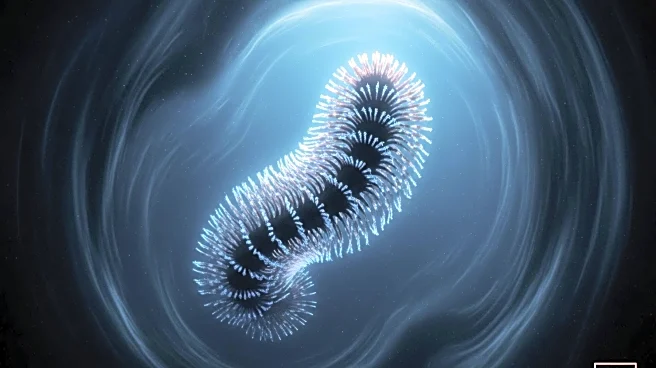Rapid Read • 7 min read
A study published in PLOS Biology reveals that the deep sea worm Paralvinella hessleri, found in hydrothermal vents in the west Pacific, survives high levels of toxic arsenic and sulfide by converting them into a less hazardous mineral. Researchers from the Institute of Oceanology, CAS, China, discovered that the worm accumulates arsenic in its skin cells, which reacts with sulfide to form orpiment, a yellow mineral. This detoxification strategy allows the worm to thrive in an extremely toxic environment, providing insights into how marine invertebrates interact with toxic elements.
AD
The discovery of Paralvinella hessleri's unique detoxification process offers significant insights into marine biology and the adaptation of organisms to extreme environments. This could lead to a better understanding of how marine life can survive in toxic conditions, potentially influencing environmental and biological research. The findings may also inspire new approaches to managing toxic elements in marine ecosystems, benefiting conservation efforts and scientific exploration of deep-sea environments.
The study encourages scientists to rethink interactions between marine invertebrates and toxic elements, potentially leading to further research on similar detoxification strategies in other species. This could expand knowledge on marine biodiversity and adaptation, influencing future studies and conservation strategies.
The convergence of biology and art history is highlighted by the worm's production of orpiment, a mineral once prized by medieval and Renaissance painters. This unexpected link between marine biology and art history underscores the interdisciplinary nature of scientific discoveries.
AD
More Stories You Might Enjoy












